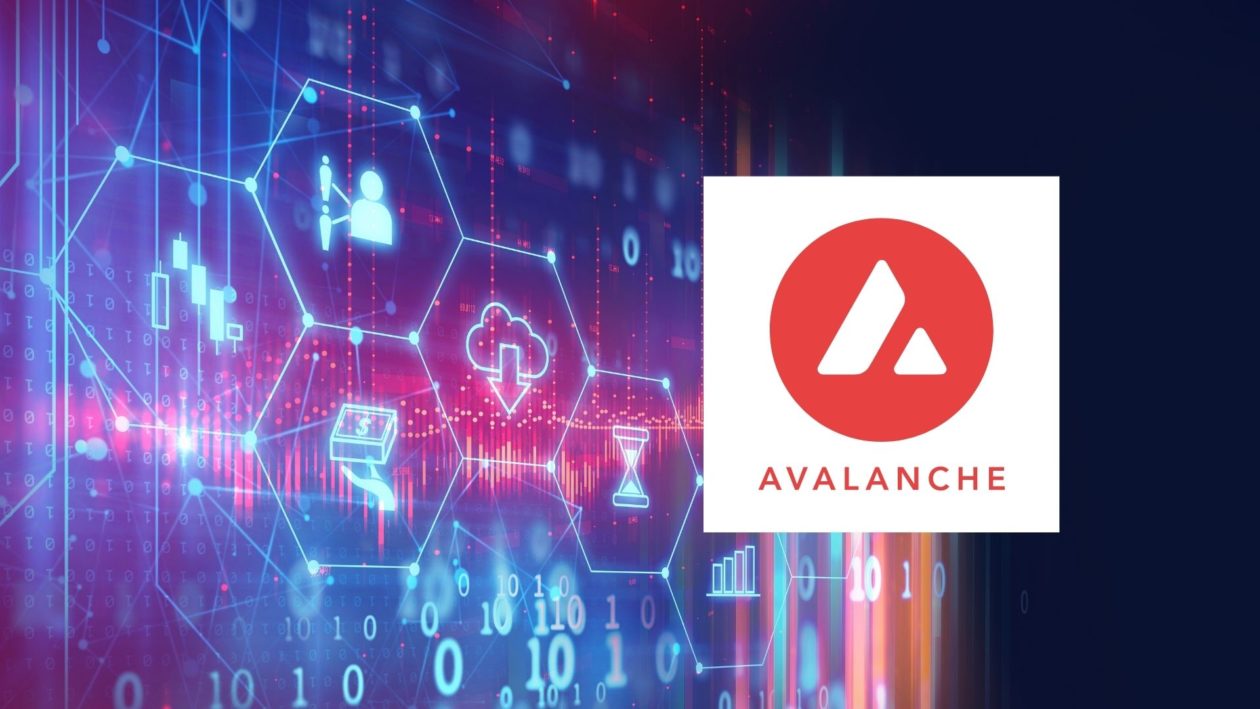AVAX — the native token of the Avalanche blockchain — today surged to a new all-time high of US$68.34, according to CoinGecko data, boosted by news of a US$230 million investment into the Avalanche ecosystem. AVAX has increased by 60% over the past seven days.
Fast facts
- Launched in September 2020, Avalanche is an open, programmable smart contracts platform for decentralized applications. AVAX is currently ranked the 12th largest cryptocurrency with a market value of US$14.6 billion.
- Avalanche’s US$230 million investment round — conducted through the private sale of tokens completed in June — was led by Polychain and Singapore’s Three Arrows Capital. Other participants included R/Crypto Fund, Dragonfly, CMS Holdings, Collab+Currency, Lvna Capital and a group of angel investors and family offices.
- According to a blog post, the Avalanche Foundation will use the funds “to support and accelerate the rapid growth of decentralized finance (DeFi), enterprise applications, and other use cases on the Avalanche public blockchain. Support for projects will include grants, token purchases, and various forms of investments and technology support.”
- Avalanche — a competitor to Ethereum — has been making big strides into DeFi. In August, the Avalanche Foundation launched a US$180 million liquidity mining incentive program called “Avalanche Rush” to bring more applications and assets to its DeFi ecosystem, starting with Aave and Curve, two of the largest DeFi protocols by total value locked.
- Avalanche’s investment round comes amid the rise of so-called Ethereum killers — blockchains such as Algorand, Cardano, Polkadot, Solana — that have emerged to challenge Ethereum’s dominance in the DeFi, non-fungible token (NFT) and smart-contract market.
- “Just a year after mainnet launch in Sept. 2020, and Avalanche is still just getting started with countless live projects organically flourishing and Avalanche Rush on the way,” said Emin Gün Sirer, director at the Avalanche Foundation, in a tweet. “There’s no signs of slowing down progress toward fast, low-cost, and easy-to-use #DeFi applications.”





